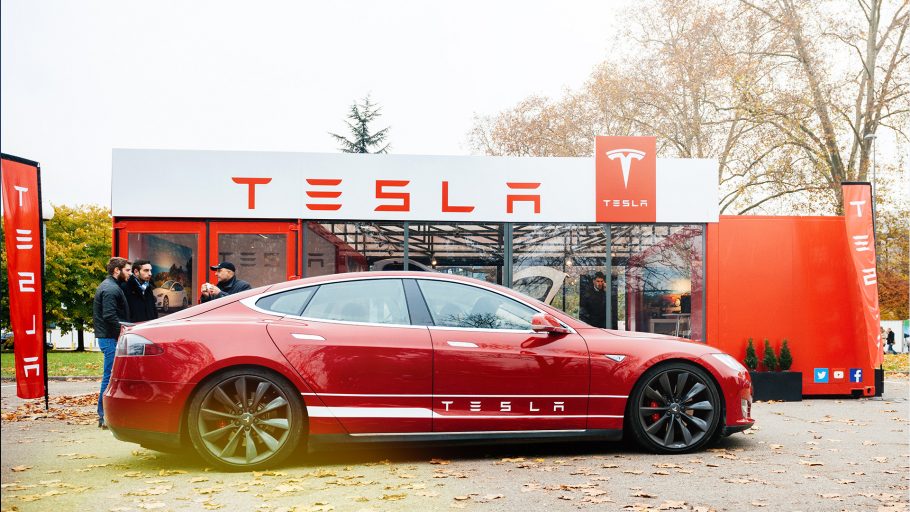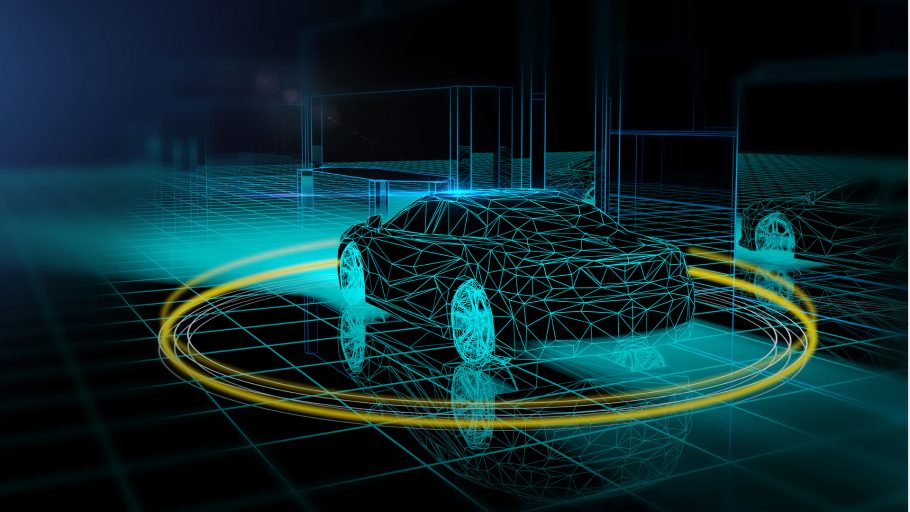The road to the self-driving car of the future is paved with hardware and data centers. Autonomous vehicles promise to be one of the transformational technologies of the 21st century, with the potential to remake much of our urban and economic landscape. But many questions remain about how the connected car of 2019 will evolve to meet the vision for the autonomous vehicles of the future, and tough issues need to be resolved on multiple fronts – including technology, regulation and infrastructure.
The transition to autonomous cars will be gradual, occurring in phases and at a variable pace in different geographies, based on local regulation and the availability of connectivity and data storage to support these services. One thing is certain: The cars of the future will create huge volumes of data.
Autonomous vehicles are the equivalent of supercomputers rolling down the highway, generating and transmitting a mind-boggling amount of data – up to 4 terabytes per day, per car. Most analysts expect the data requirements of self-driving vehicles will be split, with some duties managed by powerful on-board computers, and others offloaded to external facilities for additional data-crunching and storage.
As driverless vehicles take to the roads, they will require low-latency wireless connections to fiber networks and data centers. This connectivity, storage and data-crunching infrastructure may need to exist almost everywhere cars can drive.
The data requirements of connected cars are already enormous, as seen in the compute needs of the leading ride-sharing and logistics services company, Uber.
“With 15 million trips a day, think about the data being generated, and what goes on every second,” said Dean Nelson, Head of Compute at Uber, describing his company’s current data usage. Ride-sharing service Lyft has run on Amazon Web Services since its launch in 2012, and plans to spend more than $300 million to run IT infrastructure on AWS through 2021, the company said in recent SEC filings. Lyft uses AWS’ auto-scaling feature to ramp its capacity up and down, matching its infrastructure to the volume of its business. Lyft says its Saturday night peak volume is 8 times higher than activity just hours later on Sunday morning.
Uber has charted a different course, working with wholesale data center providers to lease space for its rapid global expansion. Nelson and his team have defined a 5-megawatt data center deployment that will serve as the base unit for the company’s network. Each zone features 10,000 to 15,000 square feet of data center space, leased on a five-year term, with a right of first refusal on 5 megawatts of adjacent space. A zone contains 576 racks, which are divided among standardized groupings of hardware for base compute, storage and machine learning. “We’ve spent time developing the building blocks so we can expand rapidly around the world,” said Nelson.

The automotive sector is shaping up as a potential game-changer for edge computing. To meet this challenge, the Automotive Edge Computing Consortium (AECC) was formed in 2018 to develop strategies for moving big data between vehicles, edge data centers and the cloud. AECC founding members include AT&T, Intel, Ericsson, NTT, KDDI and Sumitomo Electric.

